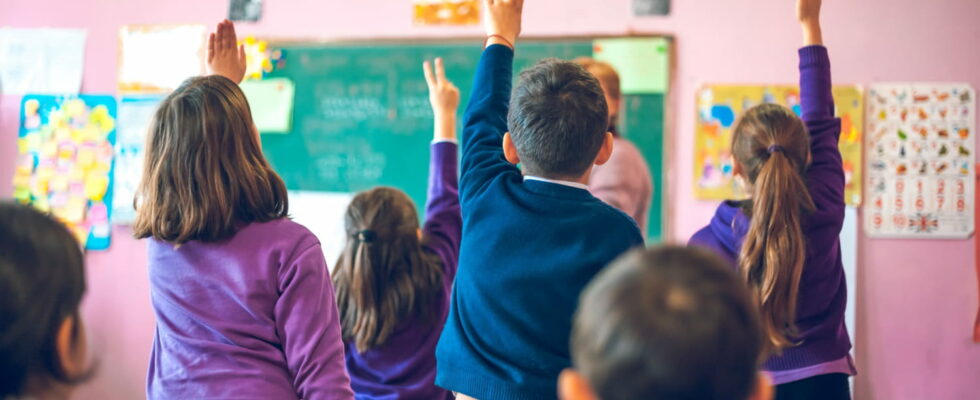This particularity allows students to be more involved in class, to better understand the teacher and therefore to learn better. The primary school teacher we interviewed sees this on a daily basis.
For many people, a student’s success in school is due to several factors. First of all, motivation plays a key role: a motivated student is generally more inclined to invest in their studies. Concentration and working method are also essential, as organization and the ability to pay attention make it easier to understand and remember information. For some too, self-confidence is essential, because a student who believes in his abilities is more likely to overcome difficulties. But among all these factors, there is one that we tend to forget: the place that the student has in the class.
Indeed, in the collective unconscious, the children who put themselves at the bottom are the ones who, most often, disrupt the course of the lesson by making noise or antics. Conversely, those who place themselves in front, closest to the teacher, are perceived as the “good” students. And ultimately it’s not so absurd. Studies prove it and teachers recognize it: being placed in the front row in the class allows you to concentrate better and therefore be more willing to learn. “Students who are at the back of the class are much more easily distracted and are thus less involved due to not being close to the board,” explains Anna, a CE1-CE2 school teacher and creator of the @laviedenseignemente account on Instagram.
According to the teacher, “it is not because a student is in the first row that he is better than the others. On the other hand, it is because he is in the first row that he feels more involved and therefore that he wants to participate. Participation also has a virtuous effect on academic results and understanding. It’s like a snowball effect if we are in front, we feel involved, we want to. participate, we understand better, we are motivated, we have a greater desire to learn. It is therefore positive for the student’s education. she emphasizes.
Researchers are also of the same opinion. A few years ago, a team from the University of Tübingen in Germany looked into the subject and published a study in the magazine Learning and Instruction. Thanks to their experiment, they showed that students placed at the front of the class, even those suffering from an attention disorder, solved a mathematics problem more quickly, compared to their classmates who were at the back of the class. “It is important to understand that being close to the teacher can be beneficial for everyone,” said one of the study’s co-authors, Friederike Blume.
